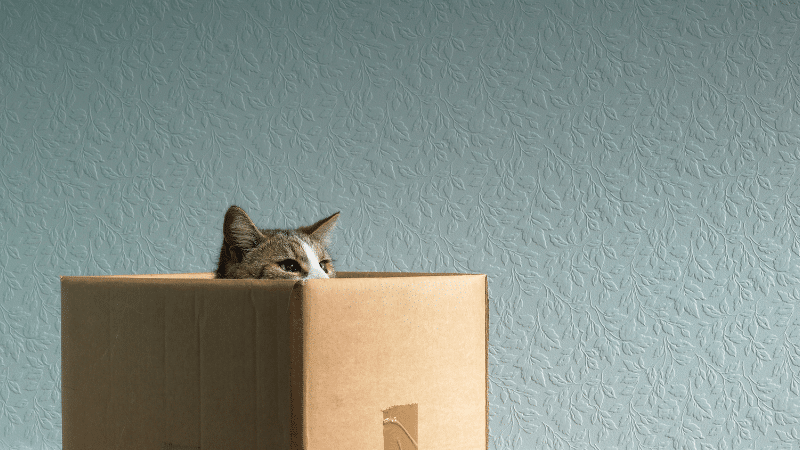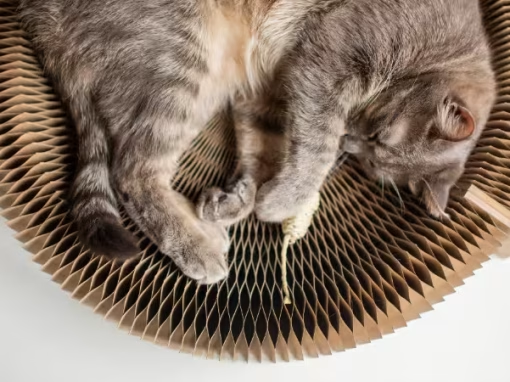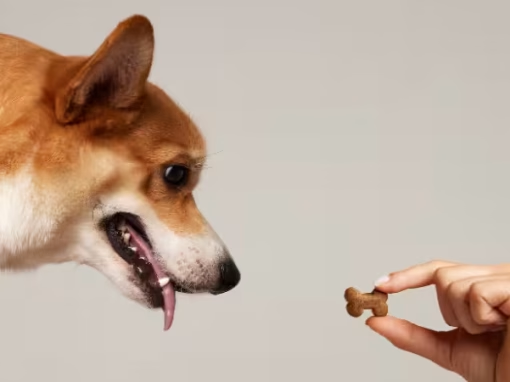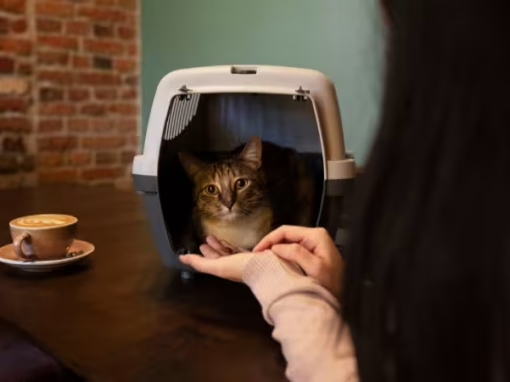Cats are known for their mysterious and independent nature, but did you know that they also have their own language? Understanding cat behaviour can help you communicate better with your furry friend and strengthen your bond. In this guide, we’ll explore the hidden meanings behind common cat behaviours.
The Tail Tells All.
One of the most important parts of a cat’s body language is their tail. A relaxed and upright tail indicates a happy and content cat, while a puffed up tail can indicate fear or aggression. A tail that is twitching or lashing back and forth can indicate excitement or irritation. Pay attention to your cat’s tail movements to better understand their mood and needs.
Purring: Not Always a Sign of Happiness.
While many people associate a cat’s purring with contentment and happiness, it’s important to remember that this isn’t always the case. Cats can also purr when they are in pain, anxious, or scared. Pay attention to your cat’s body language and other vocalizations to better understand their emotional state. If you’re unsure, it’s always best to consult with a veterinarian or animal behaviourist.
Kneading: A Sign of Comfort and Trust.
If you’ve ever seen your cat kneading, you may have wondered what it means. Kneading is when a cat pushes their paws in and out against a soft surface, such as a blanket or your lap. This behaviour is a sign of comfort and trust, as it is a behaviour that kittens exhibit when nursing from their mother. When a cat kneads, it releases endorphins that help them feel relaxed and content. So, if your cat is kneading on you, it’s a sign that they feel safe and happy in your presence.
The Power of Eye Contact.
Eye contact is a powerful tool in understanding cat behaviour. When a cat stares at you, it can mean a variety of things. If their pupils are dilated, it could be a sign of fear or aggression. However, if their pupils are constricted, it could mean they are feeling content or affectionate. Additionally, slow blinking is a sign of trust and affection in cats. So, if your cat is giving you a slow blink, it’s a sign that they feel comfortable and safe around you. The slow blink is a kind of smile from a cat and if you slowly blink back at them then they will continue to blink back at you. It’s a nice way to communicate with them.
The Importance of Playtime.
Playtime is crucial for a cat’s physical and mental well-being. It provides exercise, mental stimulation, and helps to prevent boredom and destructive cat behaviour. Playing with your cat also strengthens the bond between you and your feline friend. Make sure to provide a variety of toys and play styles to keep your cat engaged and entertained. Remember, playtime should always be supervised to ensure your cat’s safety.
Finally, cats have an incredible sense of curiosity. They love to explore their environment and investigate new things. This behaviour can sometimes get them into trouble, so it’s important to create a safe and stimulating environment for your cat to satisfy their curiosity. Cats are fascinating creatures with unique and intriguing behaviour. As pet owners, it’s important to understand our feline friends’ behaviour to provide them with the best care possible.



